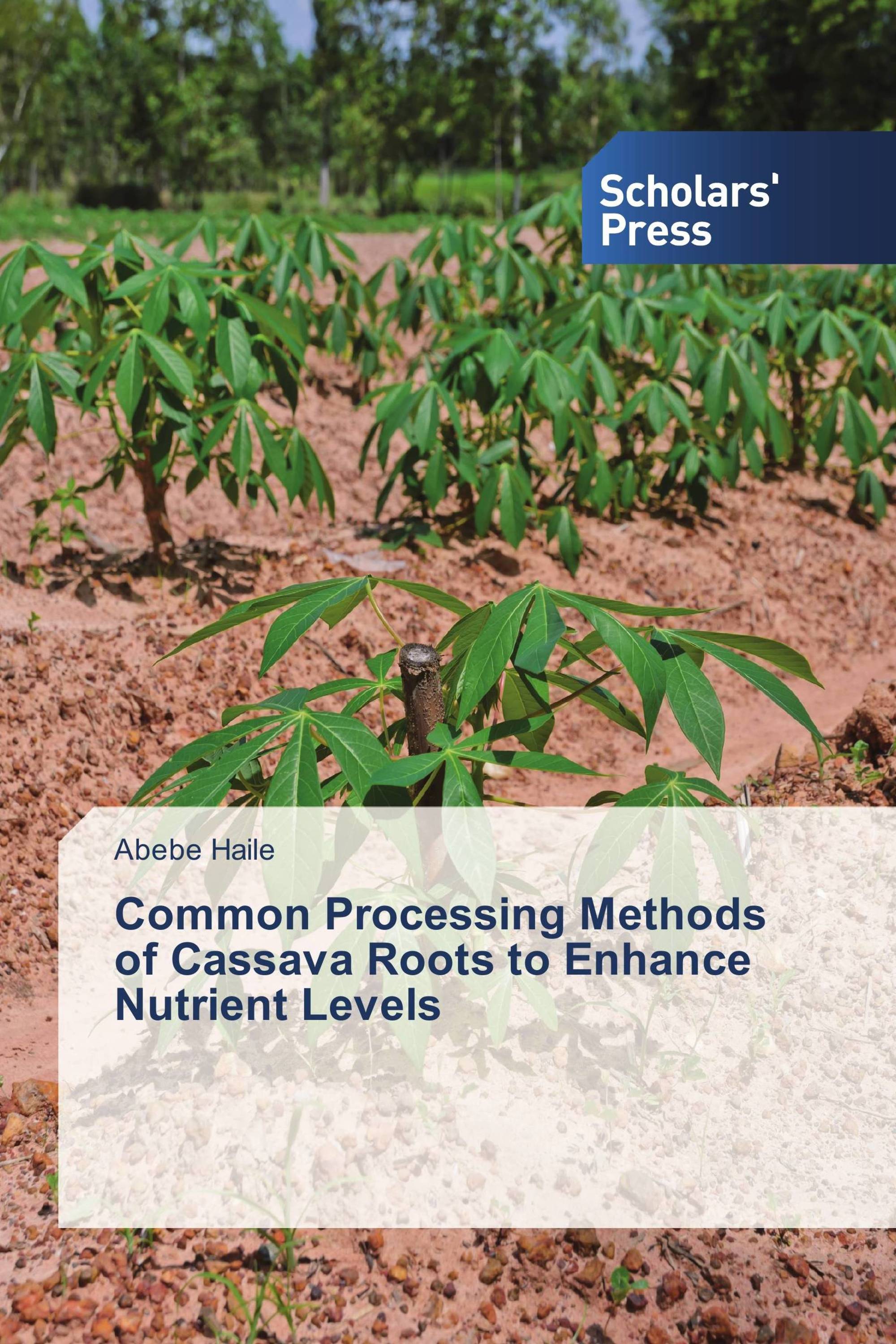Common Processing Methods of Cassava Roots to Enhance Nutrient Levels
International Research Press ( 19.10.2017 )
€ 89,90
Ethiopia with its diverse agro-ecologies and suitable environments, allows the growth of numerous root and tuber crops in many parts of the country‟s smallholder farmers. Cassava (Manihot esculenta C.) plant is exotically introduced to Ethiopia at the middle of nineteenth century. The plant considered Ethiopia as less important, and was planted at the backyards and farm borders as fences. Moreover, consumption and processing of cassava in the country is in a primitive stage as compared to many African countries. In Ethiopia cassava is underutilized potential crop of food security, if the traditional processing techniques well understood to remove toxin and improve nutritional contents. Locally grown cassava cultivars were subjected to study the effect of boiling, sun- drying and fermentation processing methods on nutritional quality, cyanide detoxification and production of quality cassava-based Injera. The proximate composition, minerals, vitamins and anti-nutritional factors, and physico-chemical properties of cassava root cultivars and composite flours were also analysed.
Détails du livre: |
|
|
ISBN-13: |
978-3-639-76381-2 |
|
ISBN-10: |
3639763815 |
|
EAN: |
9783639763812 |
|
Langue du Livre: |
English |
|
de (auteur) : |
Abebe Haile |
|
Nombre de pages: |
236 |
|
Publié le: |
19.10.2017 |
|
Catégorie: |
Agriculture, Horticulture, Sylviculture, Pêche, Nutrition |



